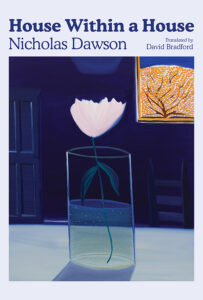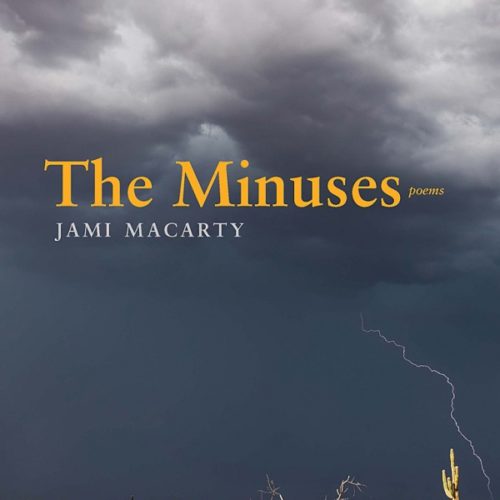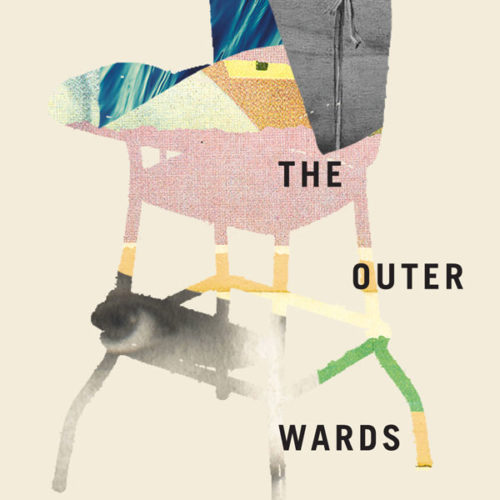 Chronicle of Healing Foretold: A Review of House Within a House by Nicholas Dawson
Chronicle of Healing Foretold: A Review of House Within a House by Nicholas Dawson
Translated by D.M. Bradford
(Kingston ON: Brick Books, 2023, $22.95, 144 pages)
Review by Katia Grubisic
“Intellectual curiosity about one’s own illness is certainly born of a desire for mastery”: so writes the American poet, novelist, and essayist Siri Hustvedt. So quotes the Chilean-born Québécois poet, novelist, and essayist Nicholas Dawson as he investigates his own illness, pushing through the multiple layered skins of depression, turning it over to examine it in this light and that, as a prism that might allow some strand of light into the complex, ailing self.
House Within a House reads like the polished notebook of a smart thinker and acrobatic wordsmith from the outside shore of depression, looking back on a process and a grappling that is as moving as it is intellectually fascinating. It is no surprise that Dawson cites Hustvedt, as well as Julia Kristeva, Gaston Bachelard, Ann Cvetkovich, Gloria Anzaldúa, James Styron, and others—a library of epistemological curiosity, and of mental illness, as if their mal de vivre, eloquently chronicled, might shed light on his own, their names included as marginalia alongside each particular embedded citation.
A kind of poetic essay, House Within a House is the English translation of Dawson’s third book, Désormais, ma demeure, a critical success that won the Blue Metropolis Diversity Prize (now known as the New Horizons Prize) and the prestigious Grand Prix du livre de Montréal. The book is wonderfully genre-blurring, and includes prose sections, photographs, and little square poems that come up against their own edges.
The short essayistic sections take us through the narrative trajectory of depression—a family dinner, meetings with hilariously flawed therapists—as well as more cerebral musings on the interplay of various structures and ideas, like queerness, chronology, melancholy, the body, the mind. “Depression,” Dawson writes, “is a trip that can’t be recounted without calling up memories, impressions, reflections, theories, sciences, and works one by one; the story of a heart then turns into study, chronicle, analysis, inquiry, notebooks, journal, fragments. Depression quietly metamorphoses in front of you, by you, into a hybrid and malleable thing outside of yourself. I think you move, paragraph by paragraph, alongside everything you can conjure up so that the past, the experiences, and the ideas converse.”
One of the many, many things Dawson gets right is the way depression forces a shift in perspective, creating a form of tunnel vision that parses the world piece by absurd piece, “I open the door that leads to the living room,” he writes as he visits a therapist in the Village, “and the fabric brushes my arm, a heavy, sparkling fabric, a dress hanging off the wall, a summer dress, black and purple, covered in sequins, synthetic fur along the cleavage, I think a drag queen’s dress and I trip on a feather boa.”
Each infinitesimal moment and detail seem imbued with enormous importance, the lone thread that keeps us hanging on. Though, and this is true in art as in ailment, the importance lies not in the thing itself, but in seeing, in how we see the world and how that seeing creates value. The weight of the gaze is reified in House Within a House in the small, square black-and-white photographs smattered throughout the book. Many of them reveal patterns and palimpsests more than actual objects or settings; as Dawson-the-speaker reveals, the forty-odd photos he took while he was sick, when “I wasn’t able to find my words yet,” were a redemptive gesture, a way to “shift the spaces that enclosed me”—corners of his apartment, a table, a mattress coil. The details themselves are often banal, as Dawson himself points out, but the worth is in the gaze and the act of careful (and inherently and eventually caring) looking.
As well as the short essays and photographs, House Within a House is embricked with short prose poems, small and square, their shape much like Dawson’s visual counterpoint to the stasis of depression. In the proverbial worth of a thousand words, as well as in his own actual words, Dawson manages to capture the fixed, frustrated will of what it’s like to be depressed, its inertia simultaneously a refuge and a prison:
I calculate the distance between the bedroom and the living room: my sprawled-out body it doesn’t make it to the couch. The ceiling, días tras día, is as obstinate as a cloud, it shows me the way.
In these more formally familiar poems, the outer space of a world made foreign by settled, unfathomable, scorching sadness, comes up against an inner self that is permeable in ways that eschew the contemplation and responsibility of the essay: Spanish seeps in and out, a body takes shape that can break and falter and feel sorry for itself and judge itself. The prose poems are both beyond the frame of what the book considers, and the frame itself, a “perpetual offscreen where my body remains, mi cuerpo solitario que nadie ve.”
Of course, the problem with publishing a book is that everyone sees that cuerpo solitario, which paradoxically remains solitary even as it courts a potentially infinite readership, and the speaker, who is almost never not also the poet, suffers both alone and in public. At its best (for instance, in Sexton, Plath, Roethke, others), the suffering is not exhibitionistic, not contrived, not a performance of pain; like these predecessors, Dawson crafts from his subject matter even as he has to relive it; even the hardest moments are art. Leaning on Cvetkovich’s notion of depression as a public space, Dawson reaches across the page, too. That he risks relapse by revisiting is disarming, and ultimately the words win, inviting others to speak as well, in the acknowledgment that we are “bumping into each other at the crossroads of our miseries, assembled in this strange, unstable, intangible, and hopelessly quiet locale, and yet all of us itching to tell our stories broken open by grief and exile, a plural, diasporic space…”
House Within a House is particularly unsolitary because it is translated: there are two voices singing here. The best things about poets who translate is when they translate poetry, and it is the great luck of Nicholas Dawson and the striking, dauntless Désormais, ma demeure that D.M. Bradford rendered it into English. Bradford’s translation is pretty close to perfect: from the demeure to the house nothing is lost, even as the English finds its own voice in Bradford (who is no slouch as a poet either, the author of a first collection, Dream of No One But Myself, that won the A.M. Klein Prize and was shortlisted for the Governor General’s Award and the Griffin Poetry Prize). As well as a chronicle of healing foretold, House Within a House is a masterclass in translating poetry; consider—well, consider most of the book, but maybe begin with the prose poem that opens, “I press the tip of my index finger.”
In the essay sections, opening lines repeat—“To come back to,” “The way I remember it,” “Getting out of the house,” “To read essays,” “To write,” “To create”—weaving back as the speaker moves through each phase, and depression, like exile, memory, or love, inhabits new forms, each one a dwelling. By the end of the book’s long, cold winter, when we get to spring, when we get to movement and creation and creativity again, when we get with Dawson to lightness, we absolutely believe it; we have earned the understanding, and perhaps some mastery or cure, along with him.
Katia Grubisic is a Montreal writer and translator.


